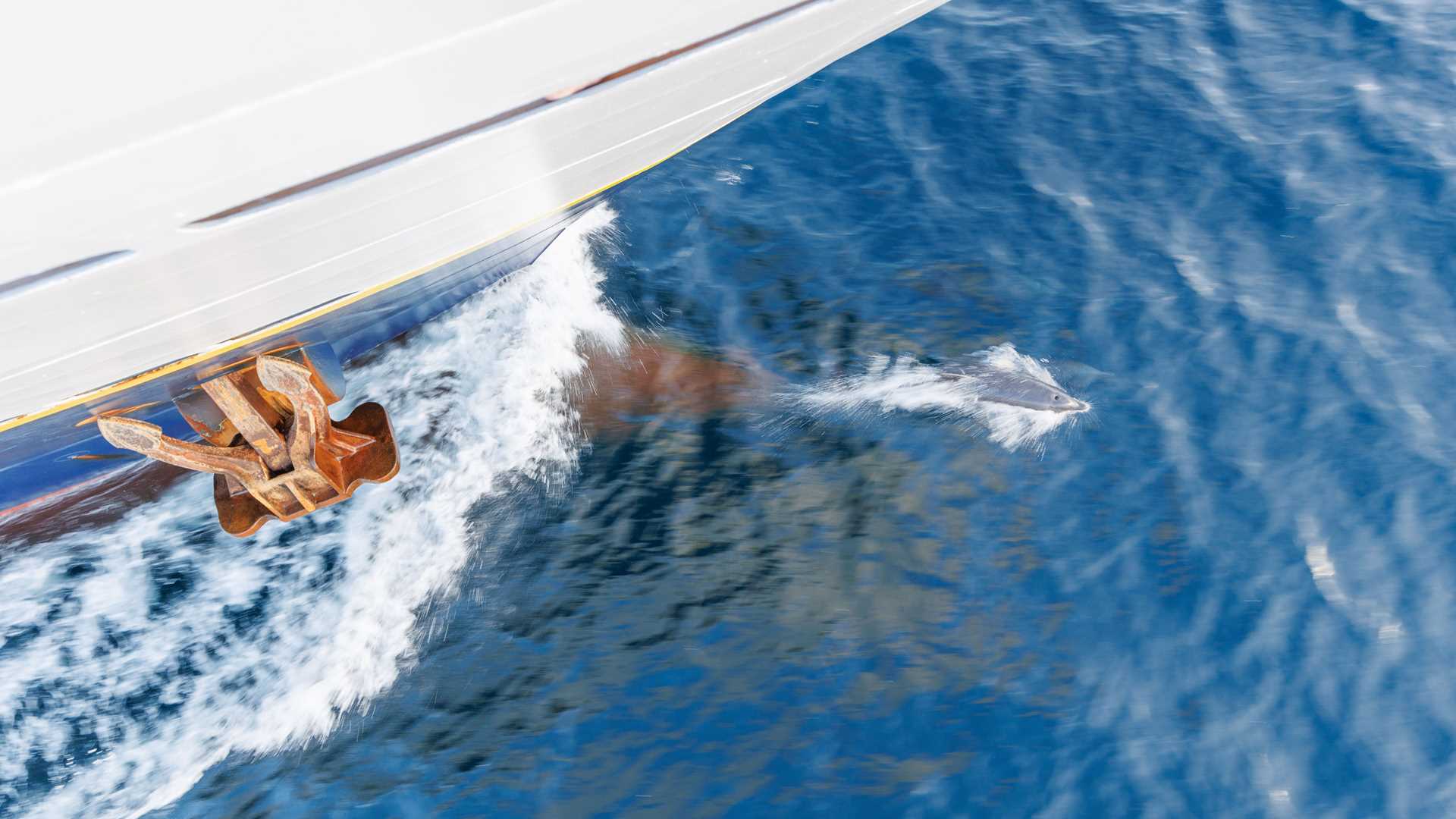Today we had the privilege of exploring the Santa Elena Peninsula in Guanacaste Conservation Area, a UNESCO World Heritage site. National Geographic Quest is the only ship allowed to navigate these pristine waters. We cruised the bay looking for wildlife, hiked the trails, and enjoyed kayaking and tours in the Zodiacs. The weather was beautiful, and our guests got to have the area to themselves. In the afternoon, we repositioned to Junquillal, where we went snorkeling off Muñeco Island and enjoyed some beach time. We saw a lot of wildlife today, and everybody was extremely happy.
- Daily Expedition Reports
- 28 Nov 2022
Santa Elena Peninsula, 11/28/2022, National Geographic Quest
- Aboard the National Geographic Quest
- Costa Rica, Panama & Colombia
Exploring Costa Rica’s National Parks and Preserves: Guanacaste, Santa Rosa and Rincón de la Vieja
VIEW ITINERARYSign Up for Daily Expedition Reports
Fields with an asterisk (*) are required.
Enter travel details to receive reports from a single expedition
Send Daily Expedition Reports to friends and family
*By clicking the submit button, I authorize Lindblad Expeditions to email me; however, I am able to unsubscribe at any time. For more details, see our Privacy Policy.
Please note: All Daily Expedition Reports (DERs) are posted Monday-Friday,
during normal business hours. DERs are written onboard the ship only and do
not apply to land-based portions of expeditions.







